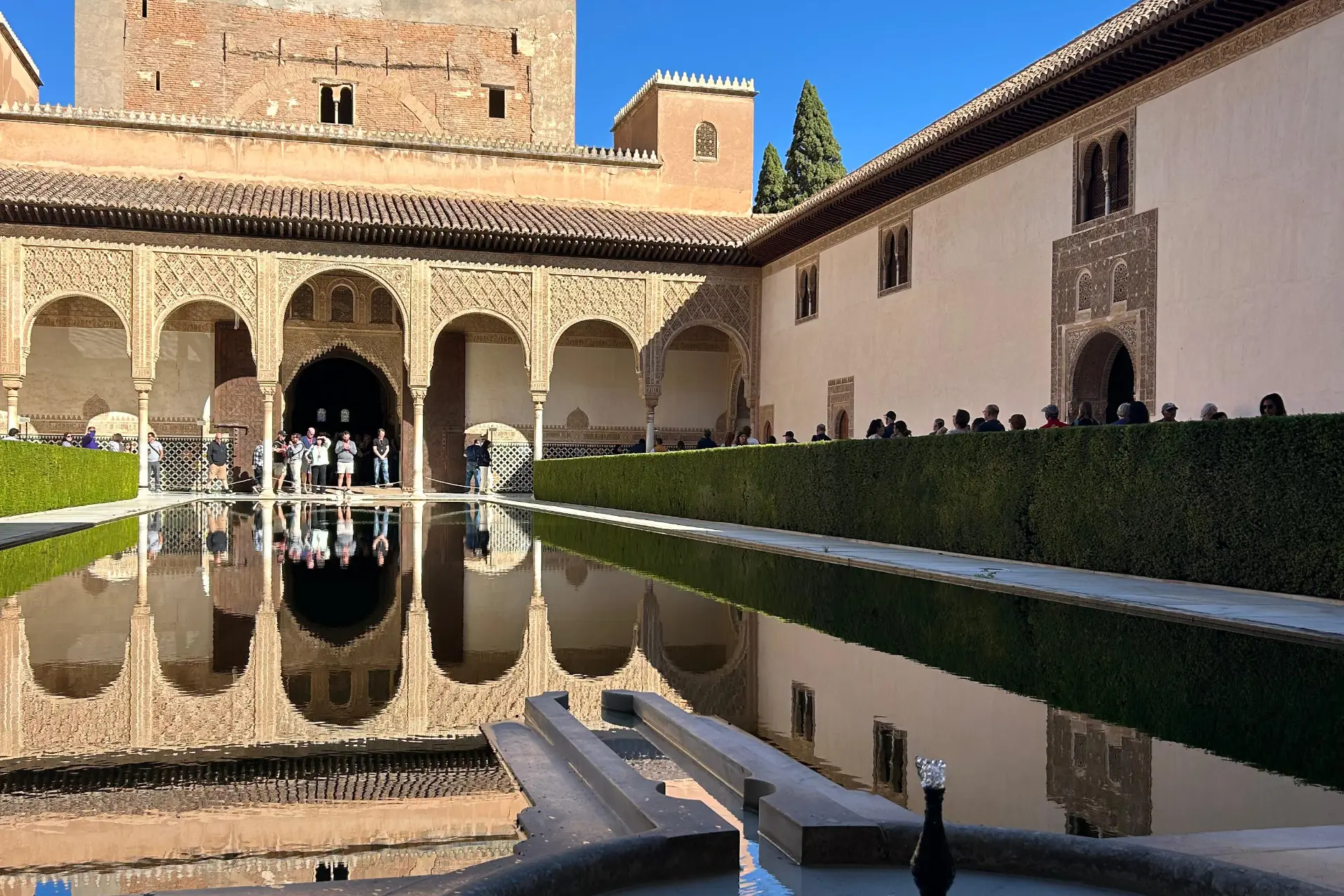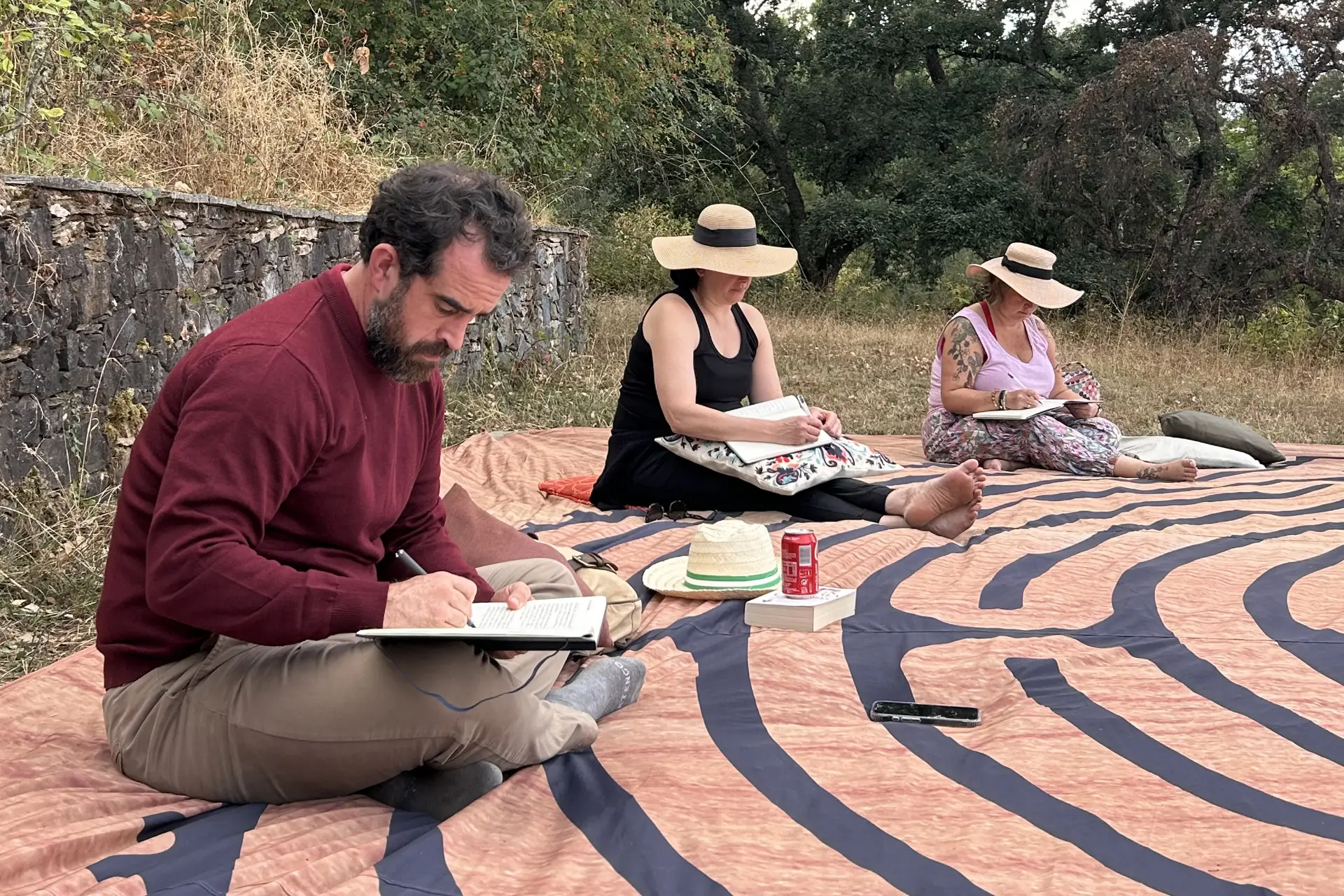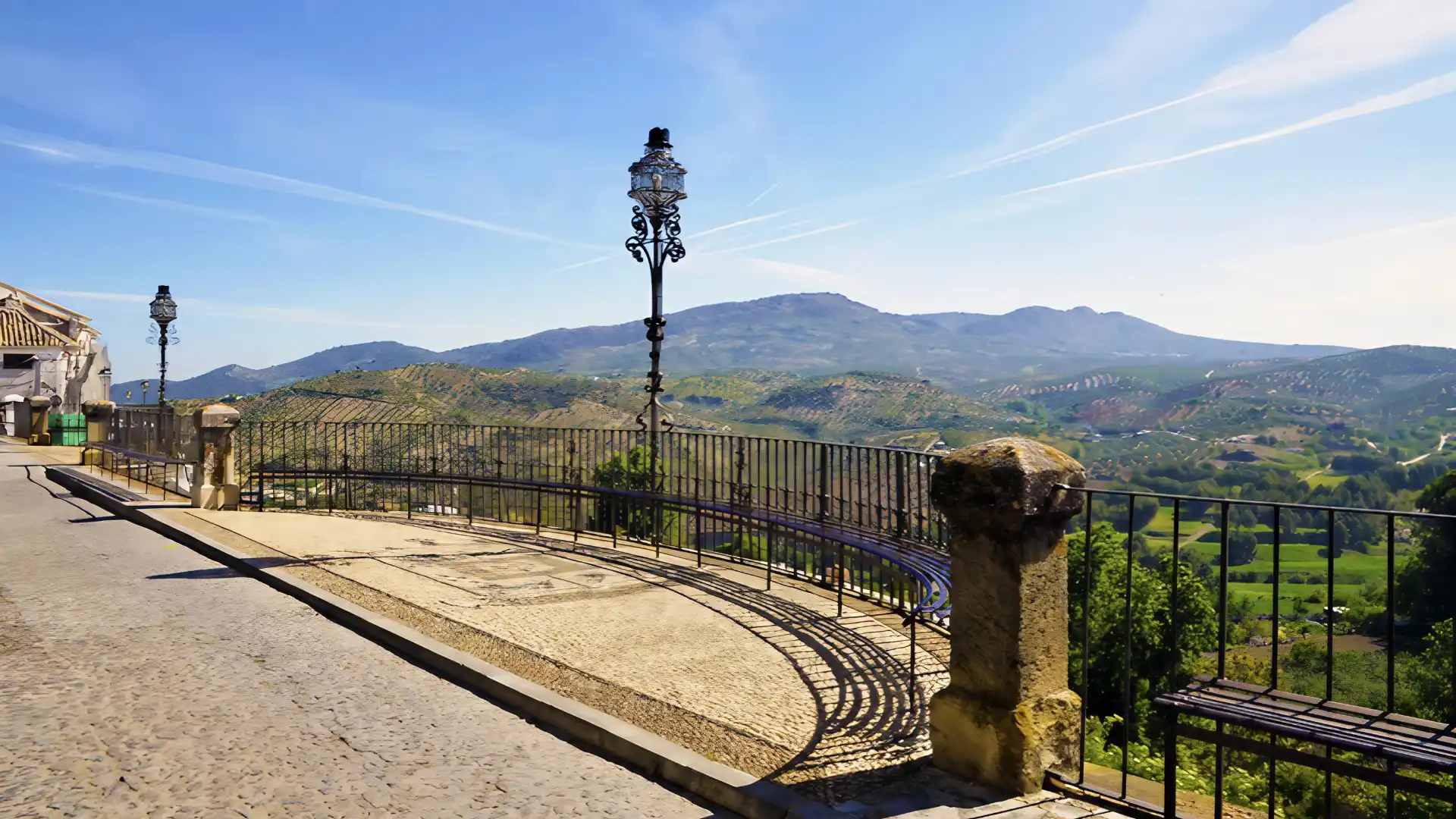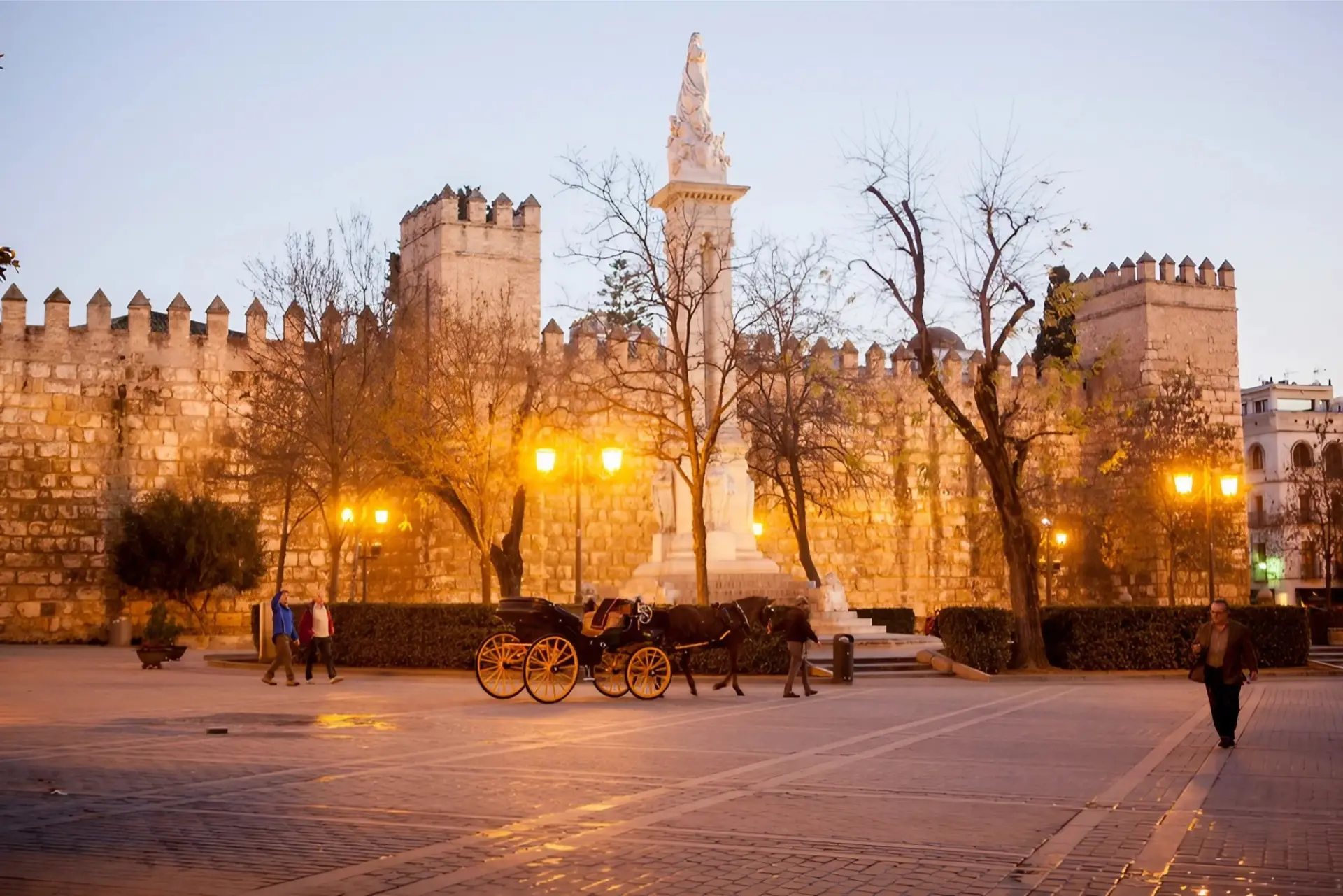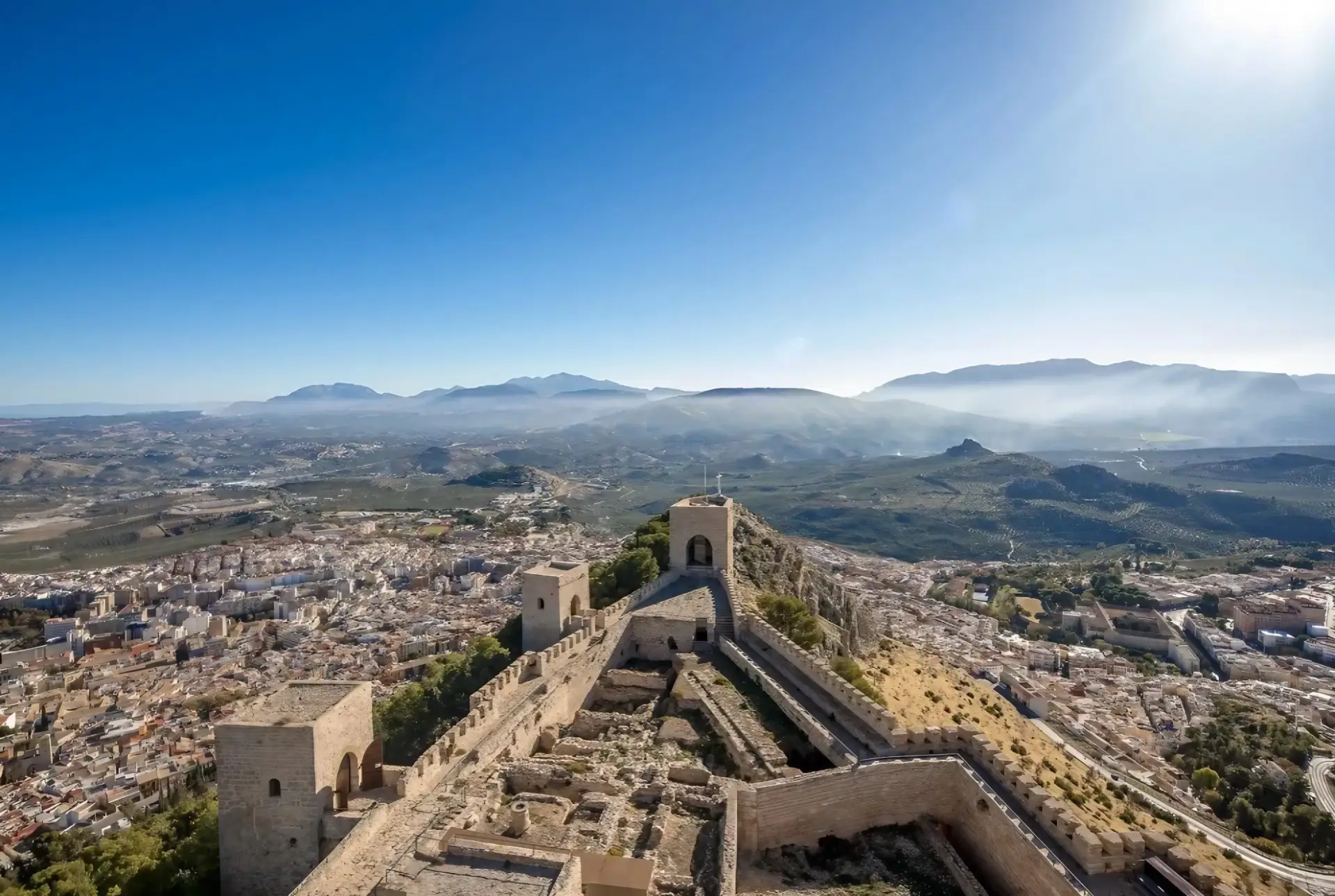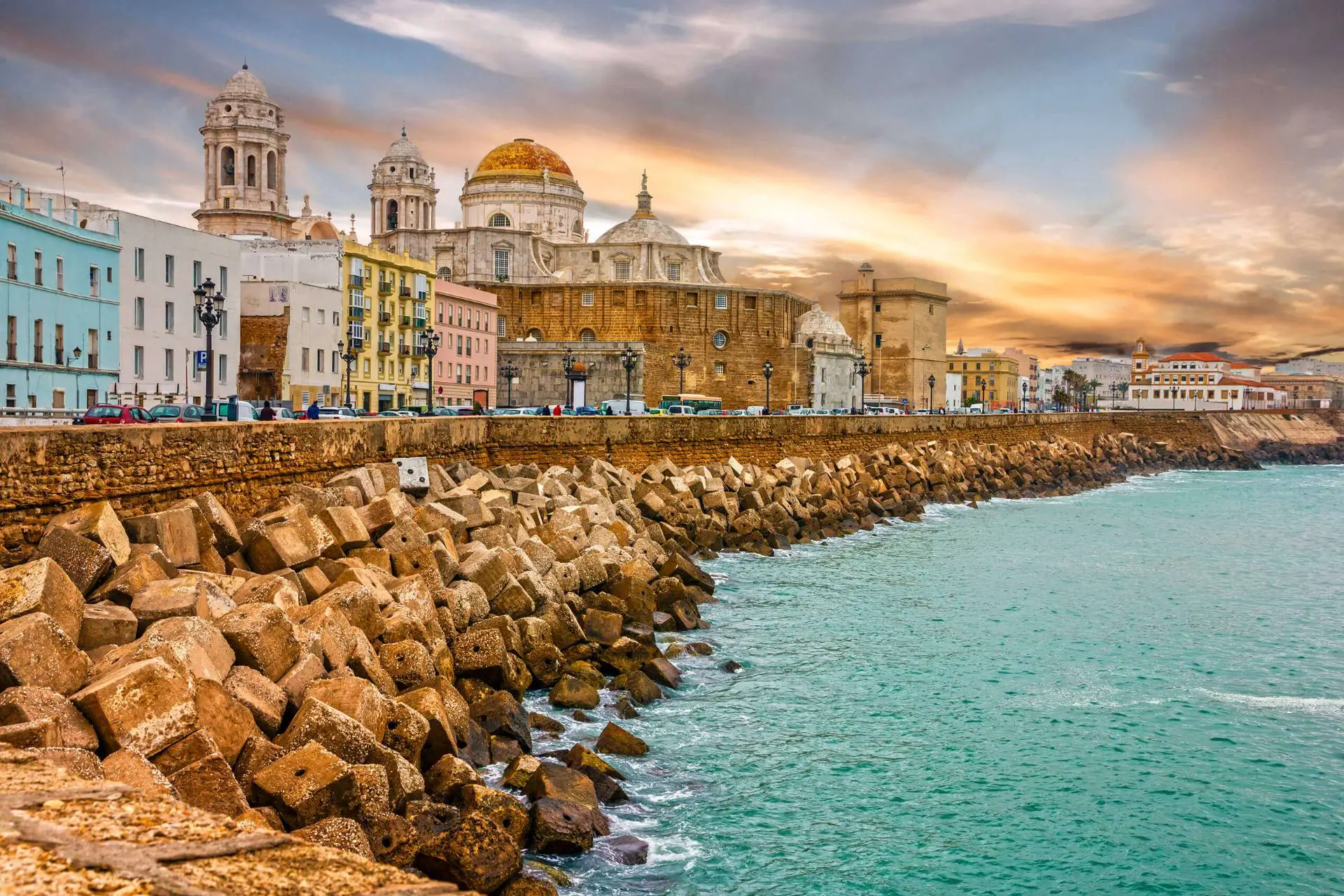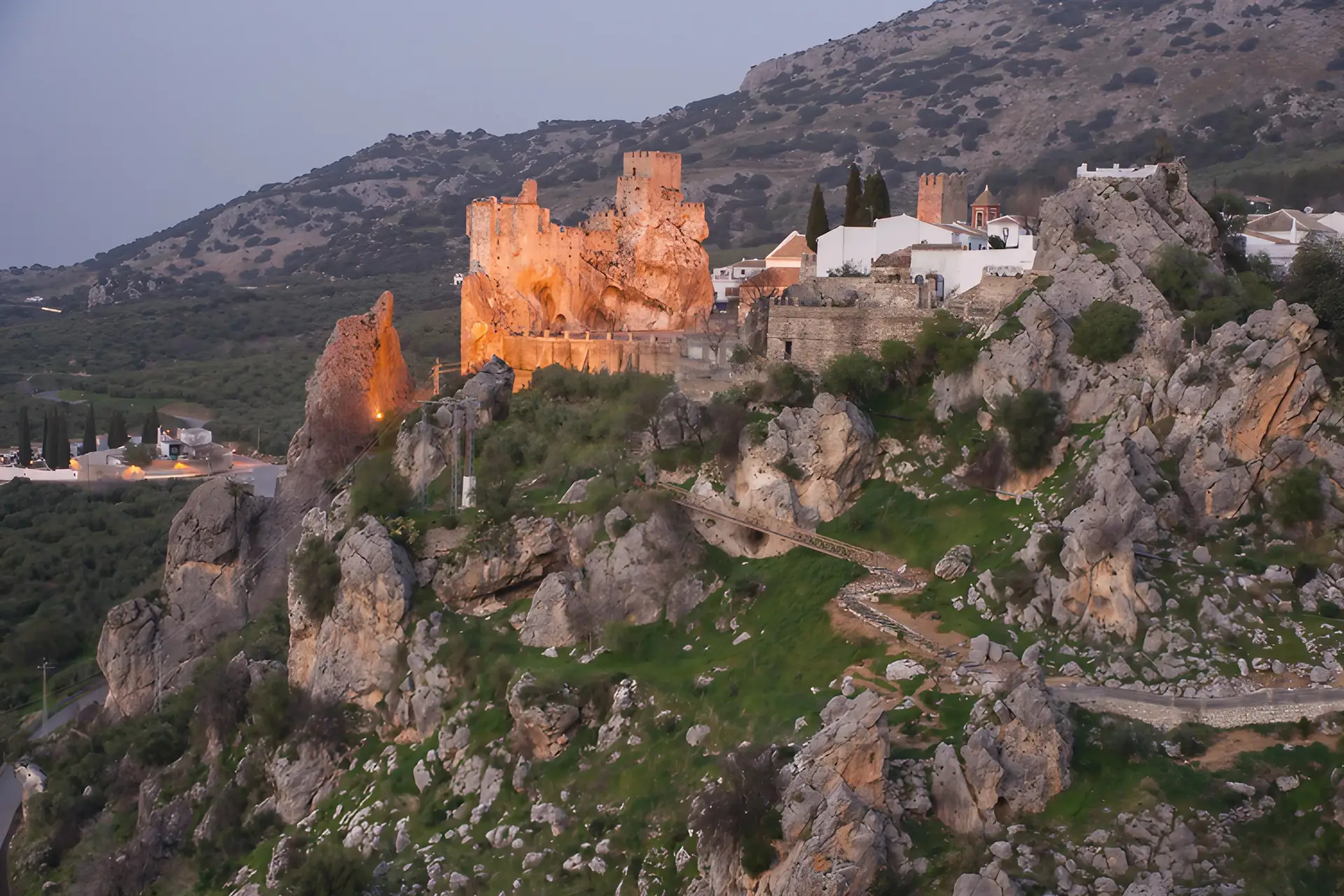
“Did you go to the Alhambra?” Tell anyone you’ve been to Granada and this will be the first question they’ll ask you. The received wisdom is that visiting Granada without touring this great Moorish fortress is like taking a mini-break in Pisa without going to see its eponymous leaning tower. Assuming you have been you are then expected to make the mandatory comments about how amazing it is and how booking in advance is essential, and so on and so forth.
All this is true. Granada’s magnificent Alhambra would richly repay a hundred visits and yes, pre-booking tickets is key. But there is much more to this city than its most famous attraction. Granada is a city of secrets – a city for the artist, the off-piste traveller and the romantic. It’s somewhere for those who want to forget that places like London – with its Starbucks and skyscrapers, its harried commuters and subdued colours – even exist.

Nowhere are the city’s other-worldly charms more on display than along the Carrera del Darro. This magical lane begins at Plaza Nueva and weaves alongside the Darro; on your right (walking from Plaza Nueva), flowers and creepers decorate the walls of gracefully-ageing townhouses, whilst on your left are cafés, bars and shops selling Arabic fabrics and spices. For my money, strolling this neighbourhood is a far better introduction to Granada than a visit to the Alhambra.
It leads, via a steep climb up the Cuesta del Chapiz, to the former Arabic quarter of Albaicin, a tightly-packed chunk of whitewashed houses and cypress trees that occupies the hillside opposite the Alhambra. This is the oldest part of Granada and, although it’s firmly established on the tourist track, there are still plenty of spots that are overlooked. Take, for example, the bohemian hangout that is Bar La Fragua, just off Plaza Larga (the latter being a great place to spend long summer afternoons): an alternative crowd lounge around outside with their dogs, smoking and drinking Alhambra beer. The tapas served inside are some of the best in the Albaicin, and the drinks are laughably cheap, even by Granada’s standards. Sometimes, someone will get their guitar out (everyone seems to carry a guitar around with them up here) and launch an impromptu flamenco recital.

Visitors flock to Albaicin’s San Nicolas Mirador for spectacular views of the Alhambra and the crisp peaks of the Sierra Nevada in the background. Yet if you walk behind Plaza Aliatar (another deservedly-popular tapas spot), a concrete staircase winds up to San Miguel Alto, where an even more staggering perspective awaits you. From the cobbled courtyard in front of the church, all of Granada spreads itself out below, smoking and flickering in a mist of heat. Walking behind the church and heading to your right takes into the dusty hills above the city, where Laurie Lee snoozed and picnicked with his wife Kati in the early 1950s. This is also the best place to contemplate Granada’s stunning location: spilling out from in between the lush banks of the Darro valley, it is both protected and punished by the Sierra Nevada Mountains.
The main route up to the mighty Alhambra leads of Plaza Nueva, in the heart of the city. But an off-piste track offers much more opportunity for exploring the dense forest that lies beneath the fortress. This leads off the Camino Fuente de Avellano and zigzags up the hillside, eventually bringing you out at the back of the Generalife’s Patio de Sultana. You can’t access the Alhambra from here, but what you can do is inch yourself along the narrow wall and survey the scene before you. This must be one of the most moving and unforgettable views in southern Spain.

The gypsy flamenco barrio of Sacromonte, meanwhile, is so unspoilt and rustic that it makes every visitor feel as if they’re discovering it for the first time. The strains of flamenco voice and guitar – anguished one minute, lilting the next – drift from dwellings improvised from scrap wood and tarpaulin. Homes have also been made in caves chiselled out of the hillside and locals ride on horseback along “streets” inaccessible by car. So distinct is this area from the city centre down below that locals talk of “going into Granada”, as it were a different place entirely (it’s a 15-minute walk). Spend a few hours on the terrace of Bar Pibe, looking out over the Darro towards the Alhambra, listening to the crickets and birds sing in the valley below, and you’ll begin to understand why.
Down below, clustered around Calle Molinos, is the former Jewish quarter of Realejo, which has remained much as it was since the prosperous locals were kicked out by Ferdinand and Isabella in 1492. Here, many building facades bear the arresting, edgy spray-paint murals of the street artist known as El Niño: wandering around hunting for them is a great way to explore the neighbourhood. From Realejo, jasmine-scented staircases lead up the hill to the Alhambra and to the achingly-romantic Carmen de los Martires gardens, at the centre of which is a crumbling little turret straight out of a fairtyale. If you’re looking for a place to propose in Granada, this is your spot.

In his exquisite book “A Rose for Winter”, Laurie Lee described Granada as “probably the most beautiful and haunting of all Spanish cities”. There’s no shortage of competition for that accolade, but Granada does have a singularly enchanting feel about it, a fact only partly explained by the presence of Spain’s greatest Moorish fortress. Really, you need only take a stroll down the Carrera del Darro to see why Lee was bang on the money.

